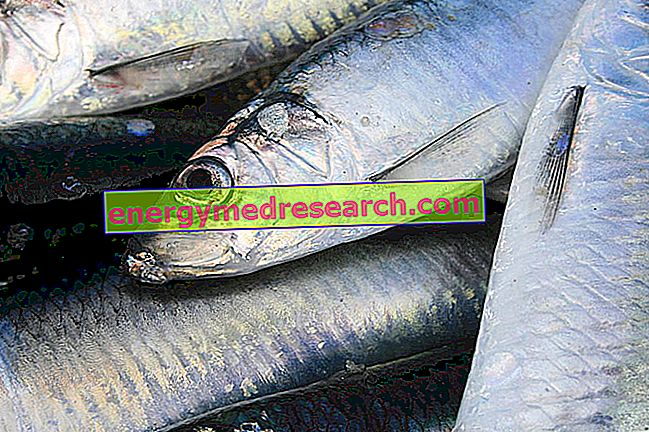Related articles: Cryoglobulinemia
Definition
Cryoglobulinemia is a pathological condition characterized by the presence in the plasma of cryoglobulins, ie proteins able to form reversible immunocomplexes and to precipitate at low temperatures, and then solubilize again at 37 ° C.
This cryoprecipitate can be formed, specifically, by immunoglobulins IgG, IgA or IgM, present in a monoclonal or mixed form, whose production derives from a chronic stimulation of the immune system, as occurs during autoimmune, inflammatory and infectious diseases.
Cryoglobulinems can be classified into three types:
- Type I cryoglobulinemia: in this form, cryoglobulins are represented by monoclonal immunoglobulins generally belonging to class M, although, less frequently, they can be IgG, IgA or light chains. In most cases, type I cryoglobulinemia is associated with lymphoproliferative disorders.
- Type II cryoglobulinemia: it is also called mixed cryoglobulinemia, as the cryoglobulins consist of monoclonal IgM-kappa (with rheumatoid factor activity) and polyclonal IgG. This form represents 50-65% of cases and the main trigger is represented by chronic infection with hepatitis C virus (HCV). Type II cryoglobulinemia can also be associated with autoimmune diseases, chronic inflammation and lymphoproliferative disorders.
- Type III cryoglobulinemia: in this case too, cryoglobulins are mixed, but, unlike type II, IgM and IgG are polyclonal. It is found in the course of lymphoproliferative diseases (eg non-Hodgkin's lymphoma), autoimmune diseases (eg systemic lupus erythematosus, Sjögren's syndrome and systemic sclerosis) and infectious (such as hepatitis C).
Cryoglobulinemia without an associated disease is known as essential or idiopathic.
The possibility of cryoglobulins from precipitating and causing clinical manifestations depends on their concentration and the lowering of the temperature. This leads to vasculitic phenomena and damage to various organs.
Most common symptoms and signs *
- Asthenia
- Cyanosis
- Dyspnoea
- Abdominal pain
- Chest pain
- Articolar pains
- Muscle pains
- Subungual hemorrhage
- Hepatomegaly
- Erythema
- Hypertension
- Swollen lymph nodes
- Livedo Reticularis
- macules
- Urticaria
- Pallor
- papules
- Proteinuria
- Acquagenic Itching
- Blood in the urine
- Raynaud's syndrome
- Nephrotic syndrome
- splenomegaly
- Cough
- Skin Ulcers
- Pleural effusion
Further indications
Cryoglobulinemia occurs mainly in the skin, kidney and neurology.
Most patients have asthenia, arthralgia, small erythematous macules or painful purple papules (intermittent palpable purpura). This last manifestation of the skin, associated with exposure to cold, mainly affects the lower limbs, but may also involve the abdomen and buttocks.

Cutaneous manifestations of cryoglobulinemia vasculitis. Image taken from wikipedia.org
Other symptoms include Raynaud's phenomenon, subungual hemorrhages, livedo reticularis, acrocyanosis and ischemic-based ulcerative lesions.
The involvement of the kidneys, on the other hand, causes hypertension, glomerulonephritis and organ failure. In cryoglobulinemia peripheral sensory or sensory-motor neuropathies can be found with intense pain, generalized or multifocal weakness and dysesthesia. Other manifestations include retinal hemorrhage, arterial thrombosis, hepatomegaly, enlargement of the spleen and lymphadenomegaly.
The diagnosis of cryoglobulinemia is based on the research and typing of cryoglobulins, low levels of C4 (evidence of complement consumption) and finding of changes in hepatorenal function (microematuria and proteinuria). Furthermore, positivity for rheumatoid factor and HCV infection can be found.
The treatment is aimed at the triggering causes, so as to limit the cryoglobulinemia and the inflammatory effects that derive from it. Therapy may include the use of immunosuppressive drugs, steroids, cyclophosphamide and plasmapheresis.



